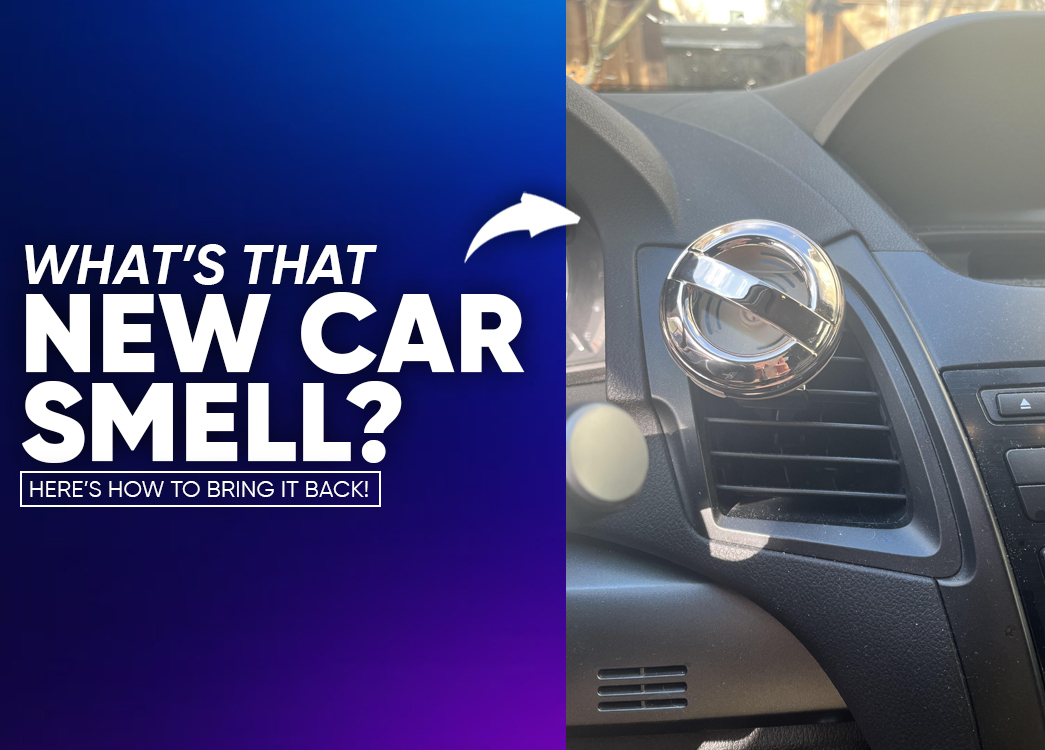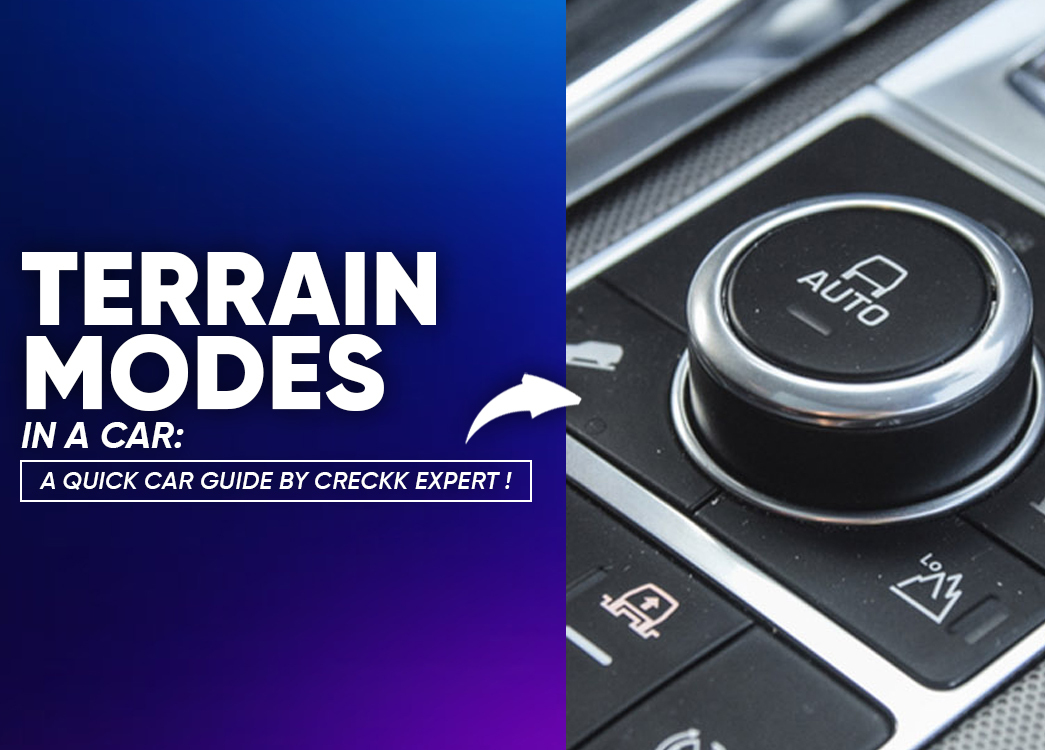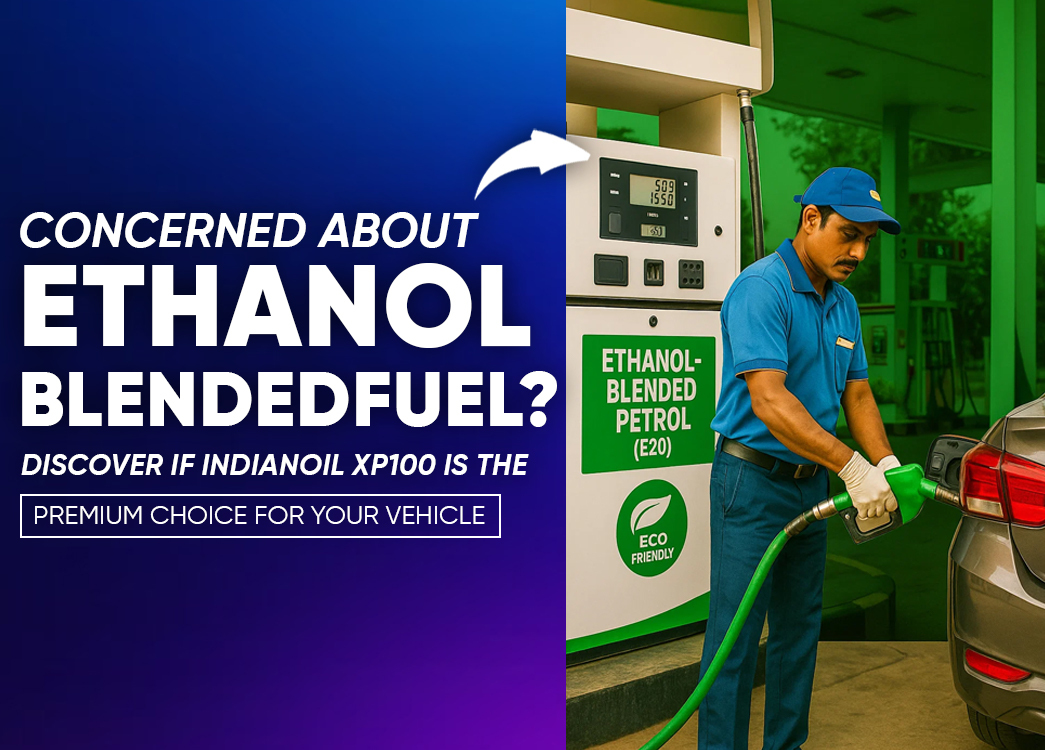
By Chaitali joshi On 10-11-2025 at 9:35 am
Car Maintenance Guide After 1.20 Lakh Kilometers: Essential Parts to Replace for Safety and Performance
Car Maintenance After 1.20 Lakh Kilometers: Complete Guide for Indian Car Owners
When your car crosses 1.20 lakh kilometers, it’s not just about regular servicing anymore. Many parts reach their end of life and need timely replacement. Ignoring them can cause low mileage, poor performance, and even major mechanical failures. This guide explains exactly which components need attention and why replacing them matters for your car’s safety and reliability.
Importance of Car Maintenance After 1.20 Lakh Kilometers
Every kilometer adds stress to your car’s engine, brakes, and suspension. By the time it hits 1.20 lakh kilometers, several parts have worn out. Timely replacement keeps the vehicle safe, fuel-efficient, and smooth to drive. Neglecting these can result in costly repairs or breakdowns on the road.
Engine and Filter Replacement After 1.20 Lakh Kilometers
The engine is the most critical part of any car. After long-term use, internal wear increases and oil efficiency drops. To maintain performance, you should replace the following:
- Engine Oil – Keeps internal components lubricated and reduces friction.
- Oil Filter – Removes debris and sludge from the oil.
- Air Filter – Ensures clean air intake for efficient combustion.
These replacements help restore smooth engine performance and protect it from early damage.
Timing Belt and Fan Belt Inspection
The timing belt synchronizes engine valves, while the fan belt drives essential components like the alternator and cooling fan. After 1.20 lakh kilometers, these belts often crack or lose tension. If a timing belt snaps, it can severely damage the engine.
| Component | Recommended Action | Reason |
|---|---|---|
| Timing Belt | Replace if worn or cracked | Prevents serious engine damage |
| Fan Belt | Inspect and replace if worn | Avoids overheating and alternator failure |
Brake System Replacement After High Mileage
Brakes are safety-critical components. Over time, brake pads and discs wear out, reducing stopping power. After 1.20 lakh kilometers, replacement is highly recommended. Also, brake fluid loses its hydraulic efficiency and must be changed for effective braking.
- Brake Pads and Discs – Replace to maintain braking power.
- Brake Fluid – Change to prevent brake fade or failure.

Clutch Plate and Spark Plug Replacement
The clutch plate helps transfer power from the engine to the wheels. After heavy usage, it can start slipping, affecting acceleration and pickup. Similarly, spark plugs in petrol cars lose efficiency, causing poor combustion and reduced mileage.
| Component | Vehicle Type | Action |
|---|---|---|
| Clutch Plate | All cars | Inspect and replace if slipping |
| Spark Plugs | Petrol cars | Replace to maintain pickup and mileage |
Suspension System and Shock Absorber Replacement
After covering 1.20 lakh kilometers, suspension components like shock absorbers and bushings tend to loosen. This makes the ride bumpy and uncomfortable. Replacing worn suspension parts restores smooth handling and driving comfort.
Tire Replacement and Grip Inspection
Tires directly affect traction, safety, and fuel economy. Check tread depth, cracks, and uneven wear. If tires are worn out, replace them immediately for better grip and braking.
| Tire Checkpoint | Condition | Action |
|---|---|---|
| Tread Depth | Below 1.6 mm | Replace tire |
| Sidewalls | Cracked or uneven wear | Replace tire |
| Air Pressure | Irregular or low | Maintain as per manufacturer’s recommendation |
Battery Testing and Replacement
Car batteries usually last around 3 - 4 years, but after 1.20 lakh kilometers, performance can decline. A weak battery leads to slow starts and electronic malfunctions. Check the voltage output and replace the battery if it cannot hold a charge.
Fluid Replacement: Coolant, Brake Fluid, and Transmission Oil
Fluids play a vital role in cooling, lubrication, and hydraulic systems. After 1.20 lakh kilometers, they lose effectiveness and should be replaced to prevent overheating and wear.
| Fluid Type | Purpose | Action |
|---|---|---|
| Coolant | Regulates engine temperature | Replace to prevent overheating |
| Brake Fluid | Maintains hydraulic brake performance | Replace for proper brake response |
| Transmission Oil | Ensures smooth gear shifting | Replace to reduce gearbox wear |
Final Checklist for 1.20 Lakh Kilometer Car Maintenance
| Maintenance Item | Action Needed |
|---|---|
| Engine Oil & Filters | Replace |
| Timing Belt & Fan Belt | Inspect and replace if worn |
| Brake Pads & Discs | Replace |
| Clutch Plate | Check and replace if slipping |
| Spark Plugs | Replace (petrol cars) |
| Suspension & Shock Absorbers | Replace |
| Tires | Replace if grip is low |
| Battery | Test and replace if weak |
| Coolant, Brake Fluid, Transmission Oil | Replace |
Conclusion
After your car crosses 1.20 lakh kilometers, preventive maintenance becomes crucial. Replacing key components like oil filters, belts, brakes, clutch, suspension, and tires ensures long-term reliability and safety. Regular checkups and fluid changes can prevent expensive repairs and help your vehicle run smoothly for years.
FAQs:
1. What should I replace in my car after 1.20 lakh kilometers?
You should replace engine oil, filters, timing belt, fan belt, brake pads, clutch plate, spark plugs (for petrol cars), suspension parts, tires, and fluids such as coolant, brake fluid, and transmission oil.
2. Is it necessary to change the timing belt after 1.20 lakh km?
Yes, the timing belt must be inspected and replaced if any wear or cracks are visible. A broken belt can lead to serious internal engine damage.
3. How often should I change my car’s fluids?
Coolant, brake fluid, and transmission oil are typically replaced every 40,000 - 60,000 kilometers, but after 1.20 lakh kilometers, they should definitely be changed regardless of condition.
4. How do I know if my car’s suspension needs replacement?
If your ride feels jerky or you hear knocking sounds on bumps, it’s a sign that shock absorbers or bushings have worn out and need replacement.
5. Why does the clutch plate slip after high mileage?
Over time, the friction surface wears down. When the clutch plate slips, power delivery reduces, affecting acceleration and fuel efficiency. Replacement restores proper performance.
6. What happens if I delay these replacements?
Delaying replacements can result in breakdowns, costly repairs, and reduced safety. Proactive maintenance ensures smooth operation and extends vehicle life.
Author
Chaitali joshi
Related posts









